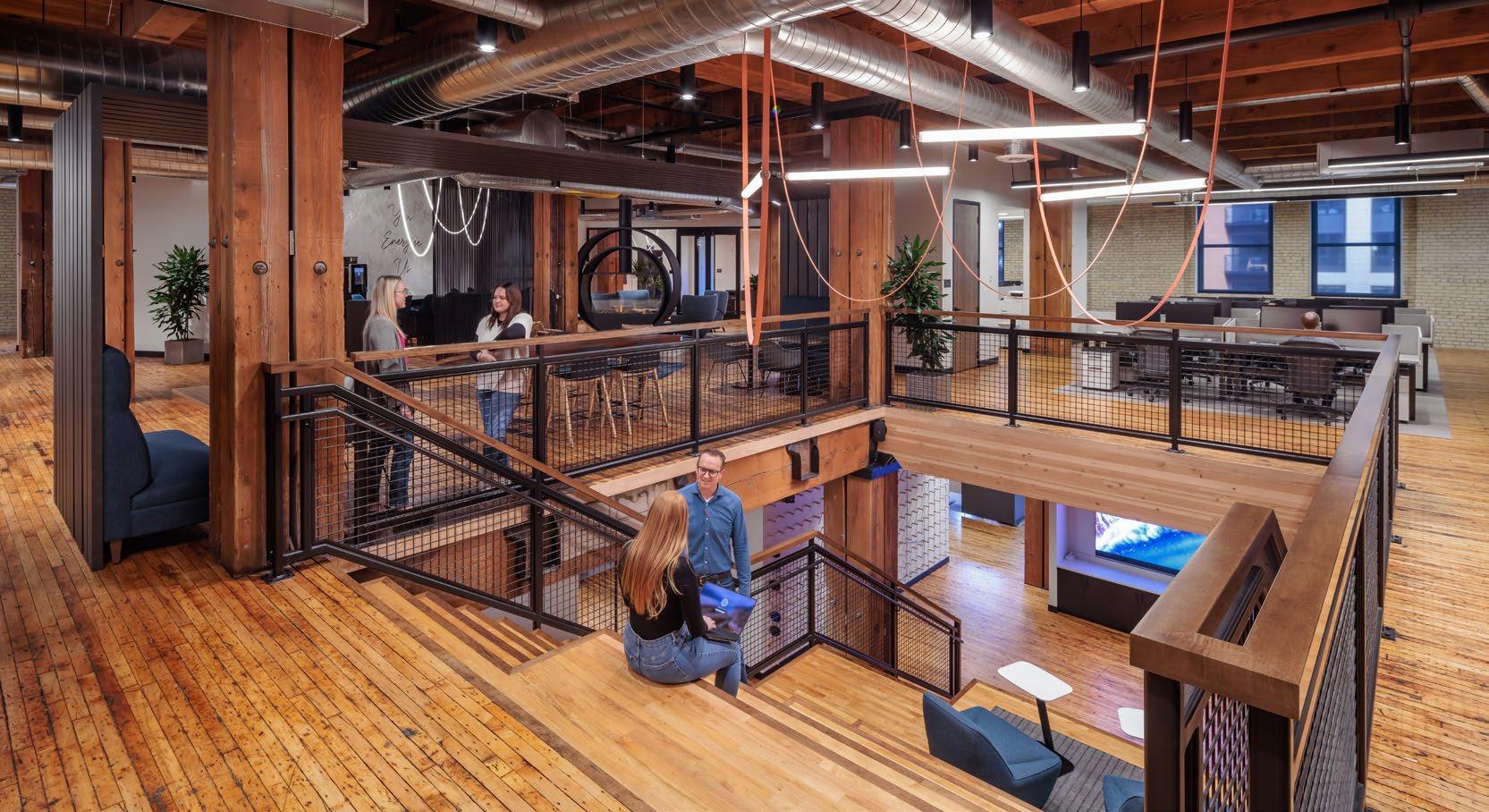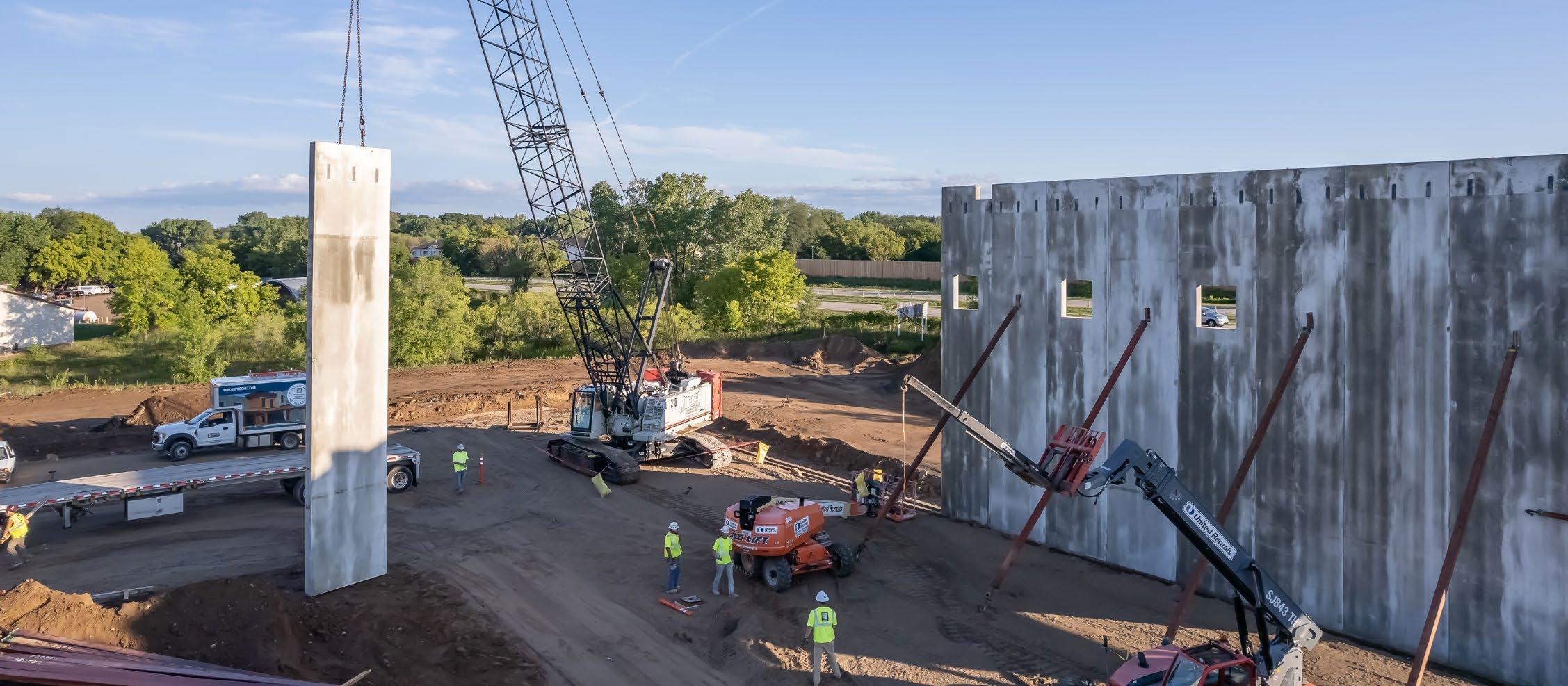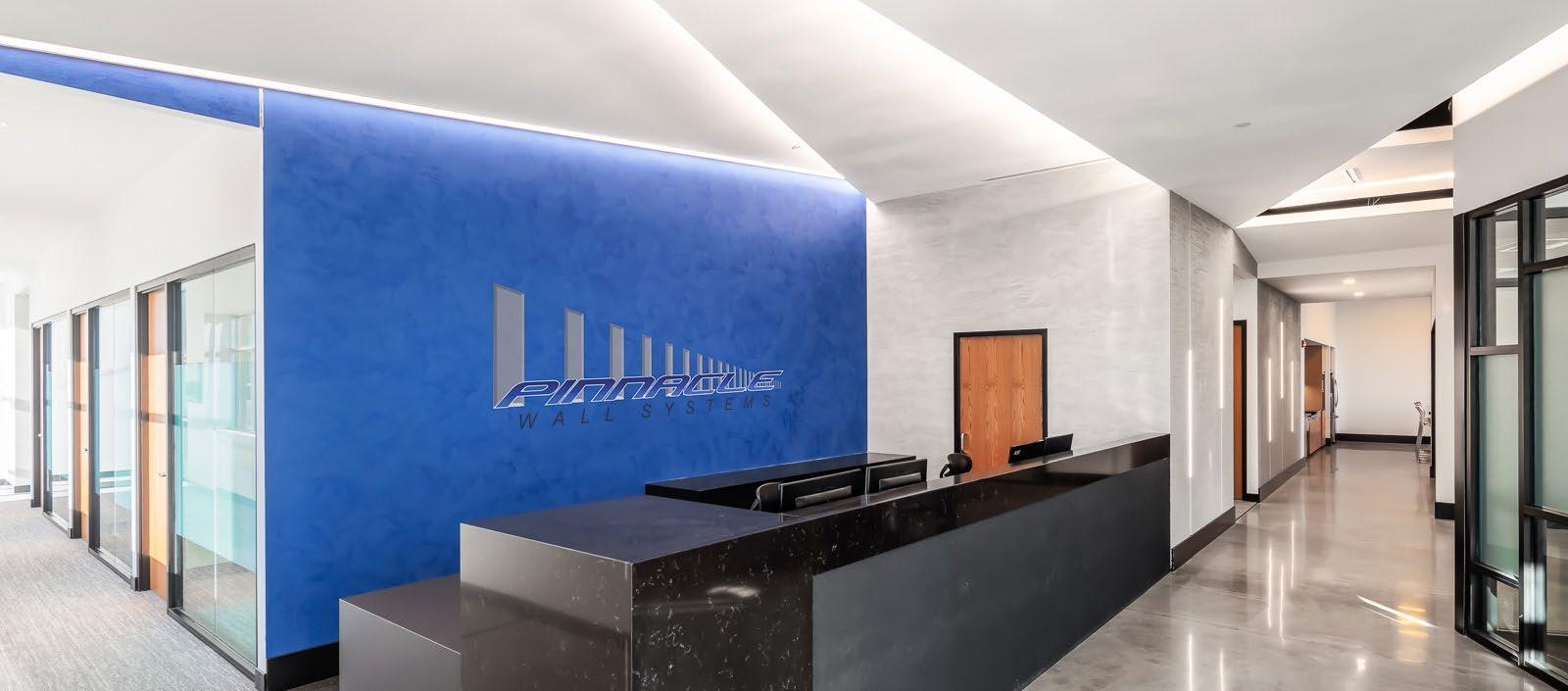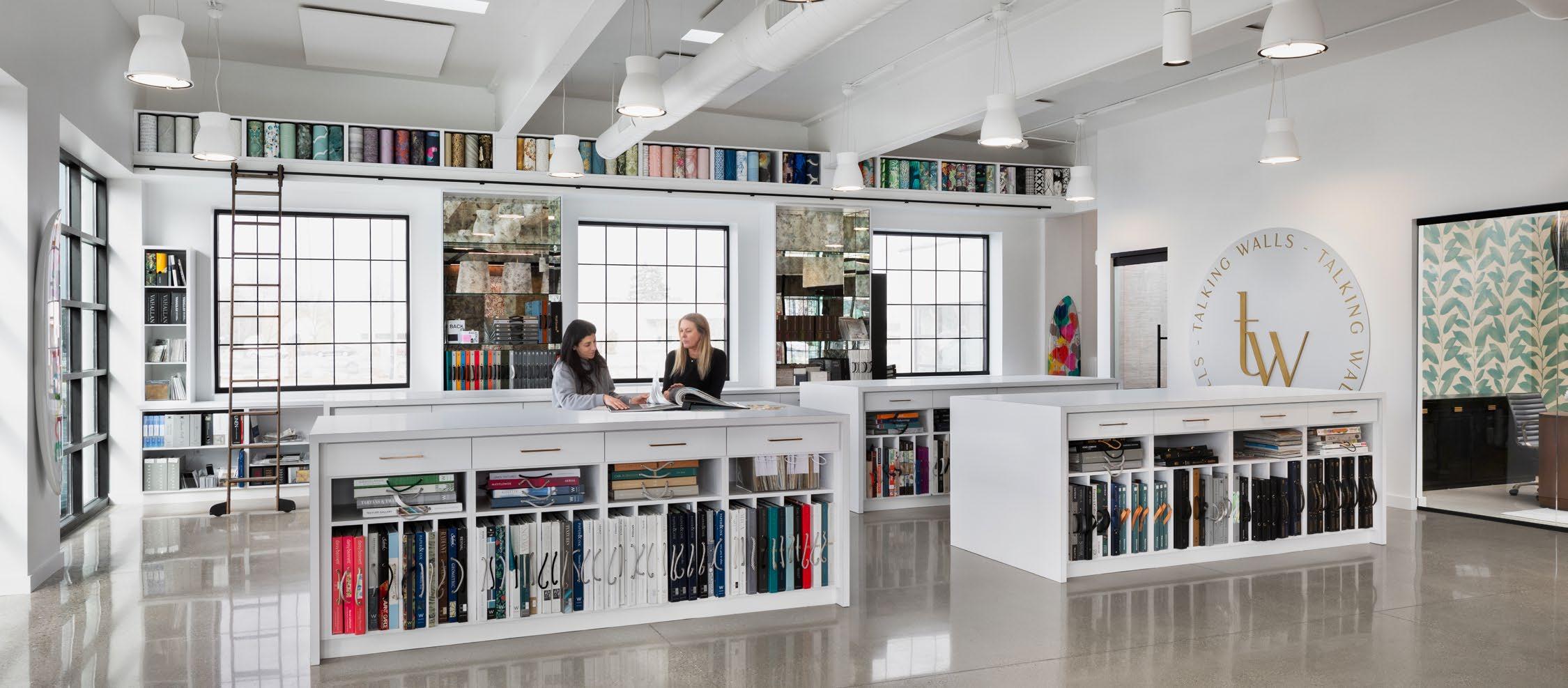Project Guidebook
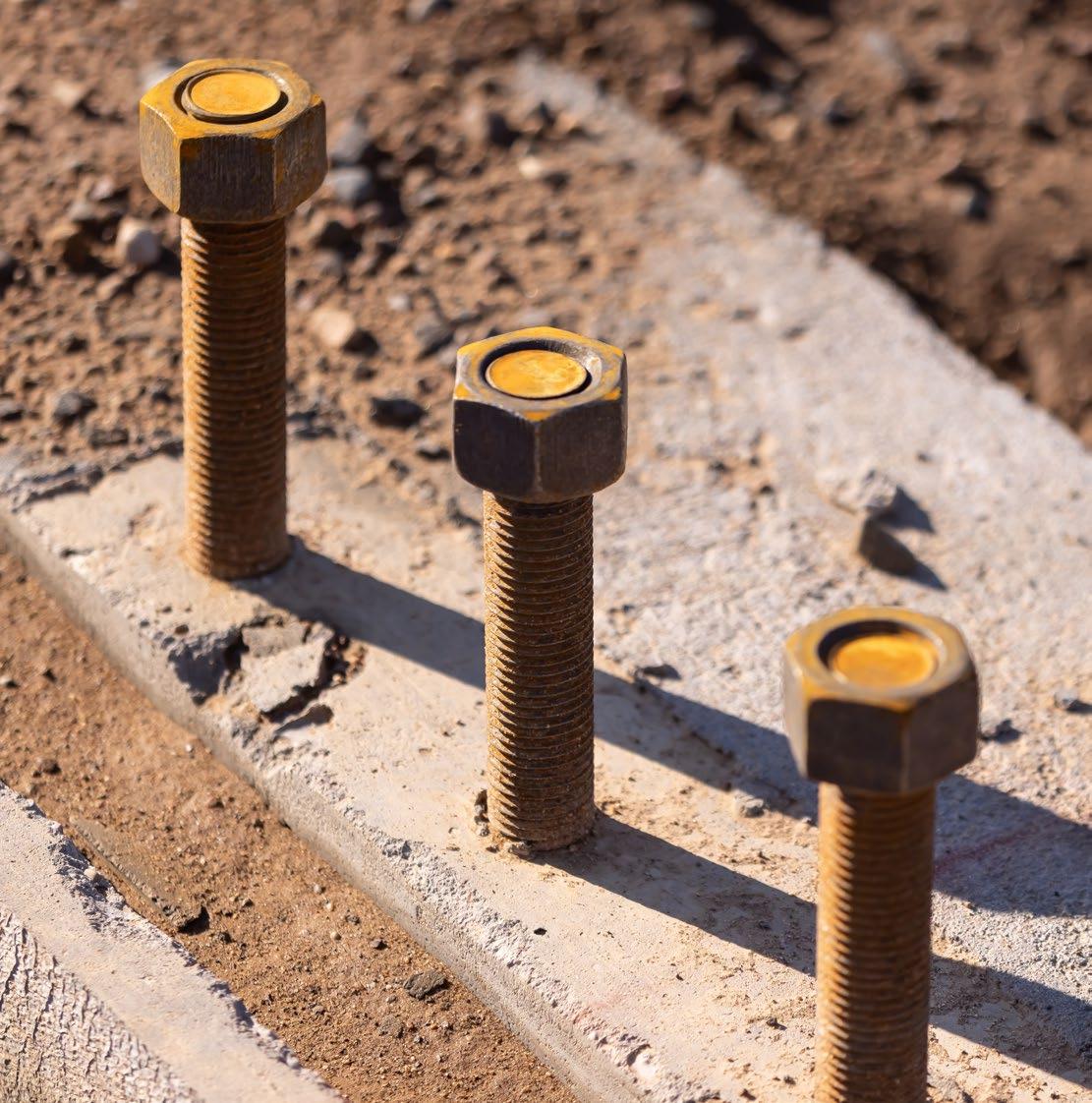
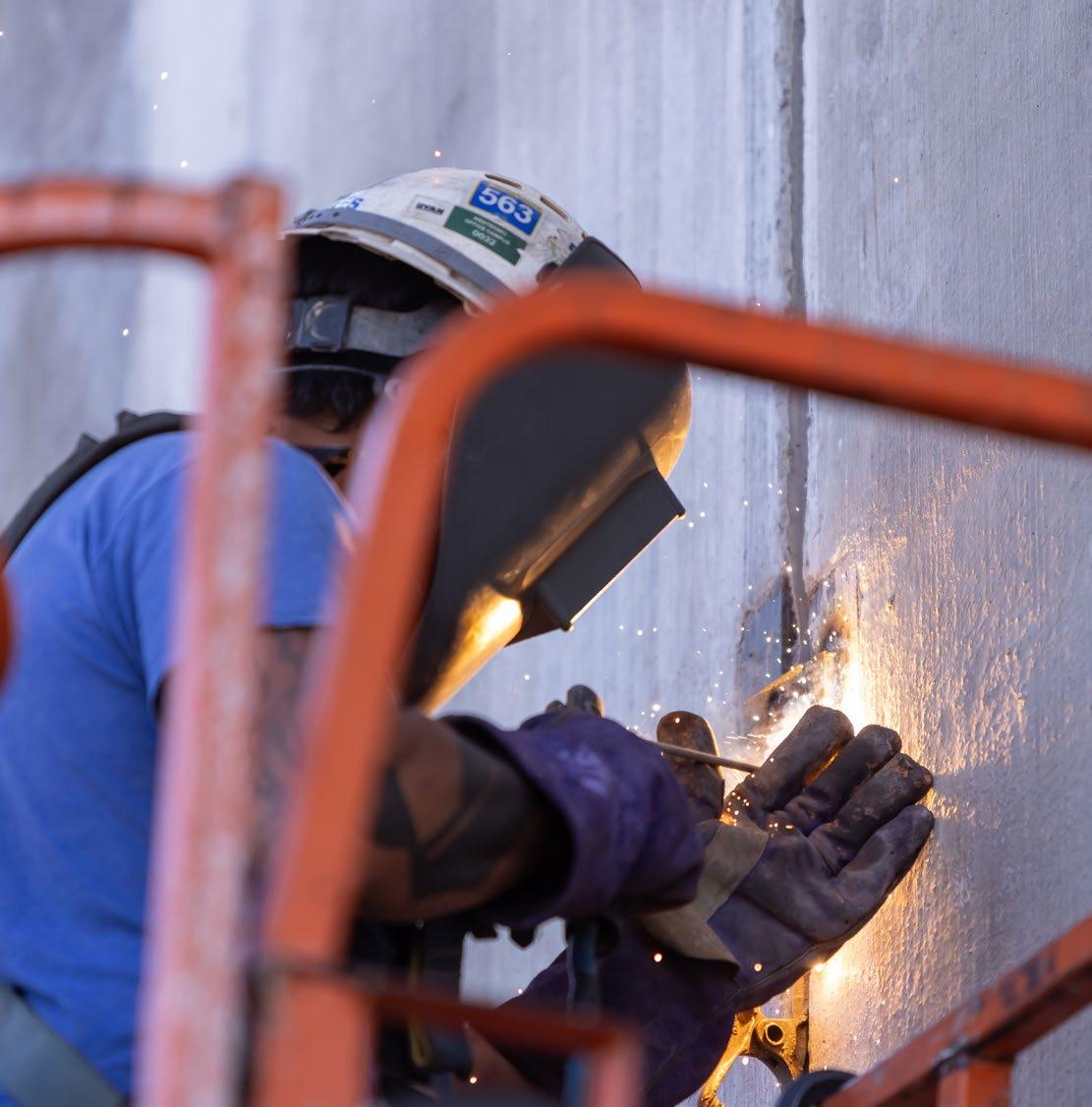
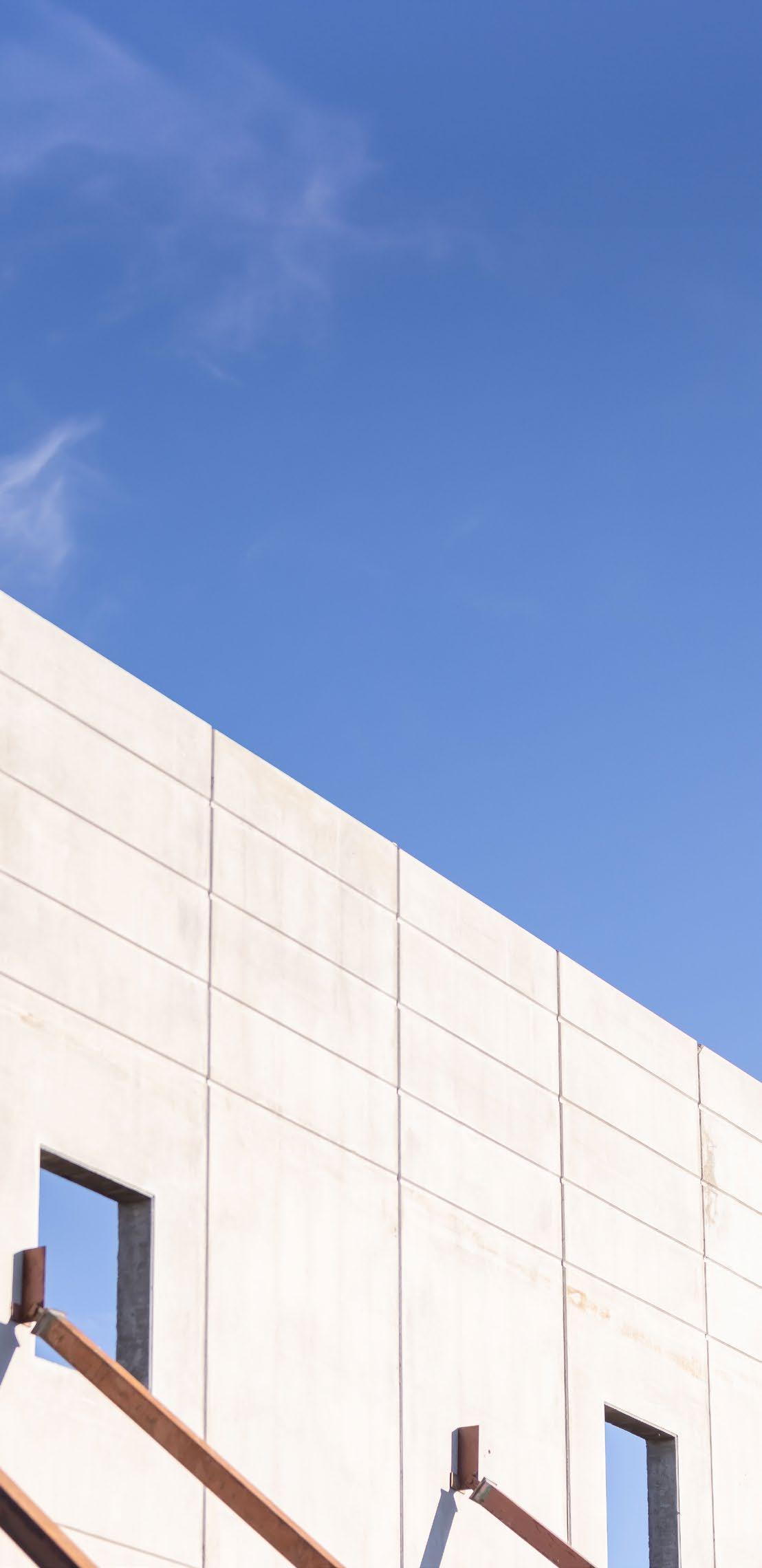
Assuming the worst for TI lead times? Maybe you don’t have to.
Healthcare trends we’ll be seeing more of in 2024. Historic abandoned jailhouse brings new value to its community.




Assuming the worst for TI lead times? Maybe you don’t have to.
Healthcare trends we’ll be seeing more of in 2024. Historic abandoned jailhouse brings new value to its community.
Welcome to the third edition of the Gardner Builder’s Project Guidebook. In our past two issues, we’ve focused on using the collective knowledge of our team and industry peers to inform your projects. In this new edition, we’ve narrowed our focus on key market sectors experiencing change or growth as we kick off 2024. We’ve gathered information on industry trends, pricing and lead time updates, and where we see exciting challenges and opportunities in various markets.
Please enjoy this issue of our project guidebook and we hope you find it as a useful tool. We would love it if the ideas written here spark conversation among your teams and with your clients. If so, please tell us about it! We always want to hear from you and be a part of the continued conversation about what’s shaping our industry.


Barry Stoffel
As we look ahead to a steady workload of tenant improvement projects in 2024, our team at Gardner Builders is constantly keeping a pulse on material pricing and lead times. This heightened awareness of volatility is a by-product of the last few years where we experienced extreme conditions in the construction industry.
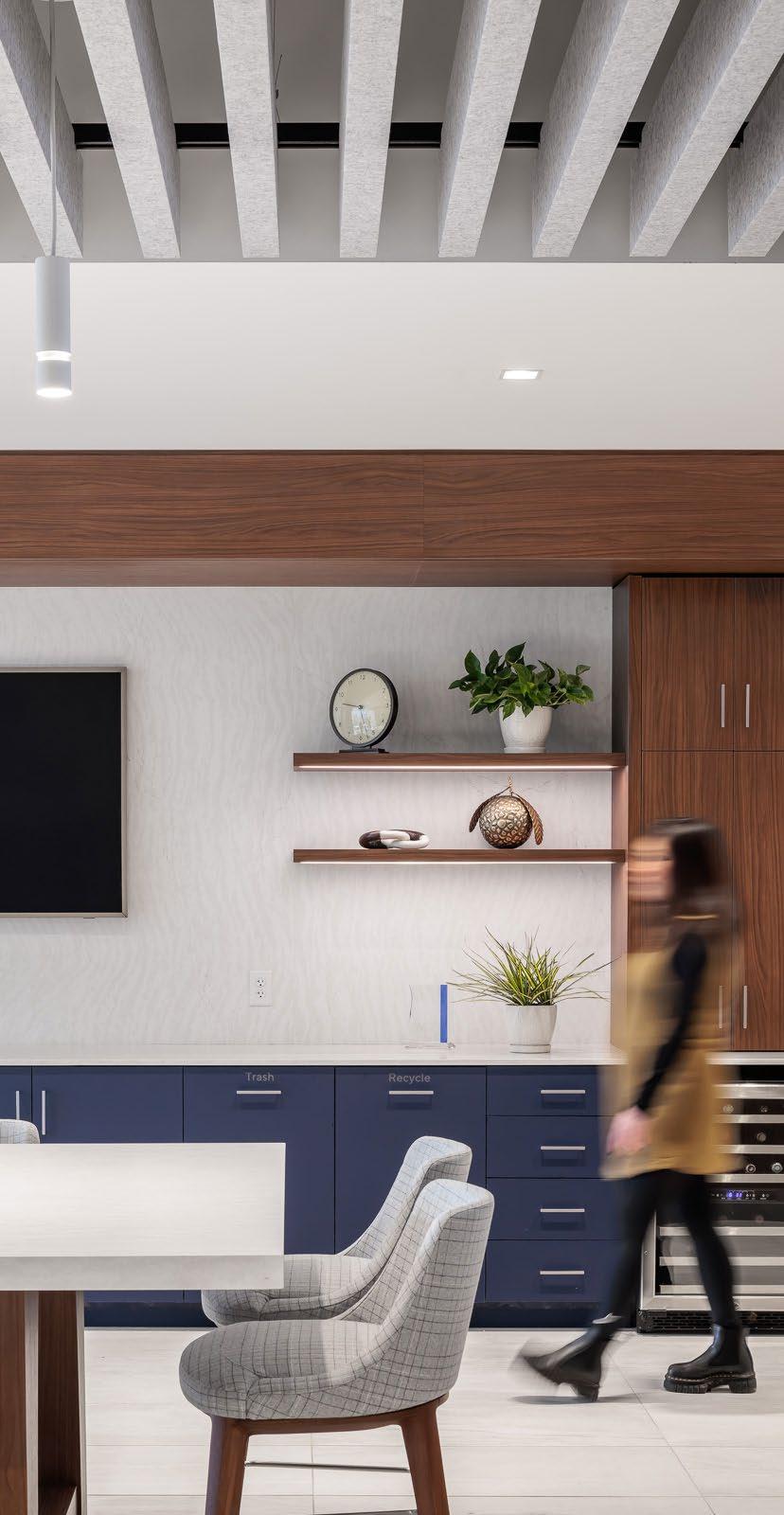

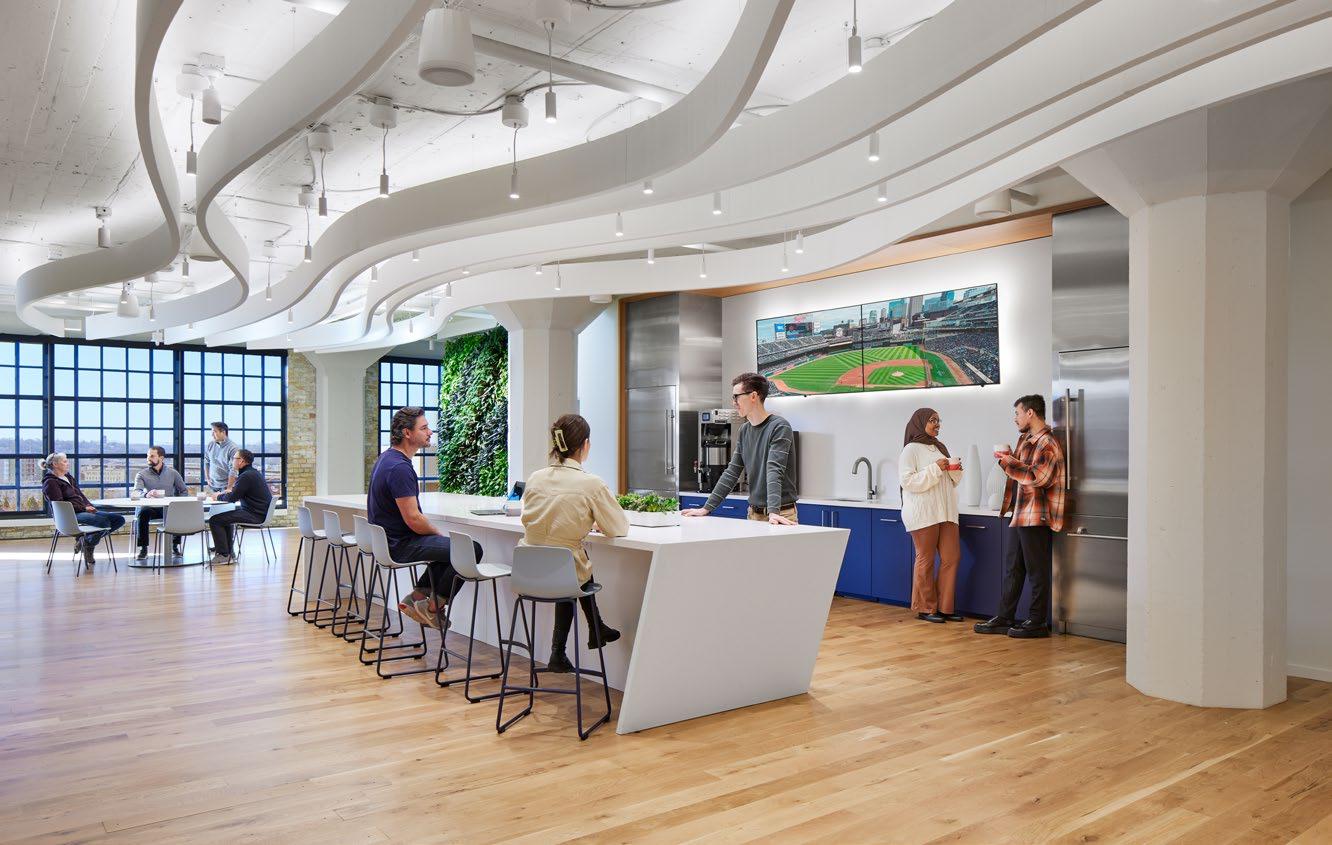
With ever-changing market conditions in mind, we find it helpful to keep a list of common discussion items for commercial TI projects, regularly challenging what assumptions are being held over from previous experience with the current reality. We have observed that some items are still worth paying extra attention to, but some have returned to a relatively predictable state. The results may surprise you!
HVAC
Basic VAV’s
Assumption
Material shortages are still causing HVAC component shortages.
Interior Doors
Assumption
16+ weeks without reliable delivery dates.
VAV’s are typically 4-6 weeks from approval and quick-ship options are becoming more available if needed.
Custom HVAC units like heat pumps are typically 12 weeks from approved drawings. Use Gardner as a resource for the most up-to-date information!
12-16 weeks after approved shop drawings, similar to pre-COVID reliability.
Assumption
Carpet lead times are still longer than what we’re used to seeing.
Back to 4-6 weeks for standard carpets, but add in an extra week for shipping for the most accurate delivery date.
As we get closer to summer, keep an eye on these timelines and be prepared for this to increase by 1 or 2 weeks.
The Gardner Builders team reached out to our clients and industry partners, seeking their insights into the current trends shaping the healthcare sector. Below is a snapshot of some of the topics that are continuously evolving and influencing healthcare design and development, as shared by our survey respondents.
• Crafting designs that cater to the needs of an aging population, ensuring accessibility and comfort for all individuals.
• Embracing a holistic approach to accessibility and inclusion, making it an integral part of every aspect of design for a more universally welcoming environment.
• Advancing Building Automation Systems to support overall facility efficiency and sustainability.
• Addressing the challenges of retrofitting aging facilities on hospital campuses to align with current sustainability goals.
• Prioritizing facility recycling plans and strategically locating dumpsters as part of a comprehensive, sustainable design approach.
• Recognizing mental health considerations as integral to all healthcare facilities, not limited to behavioral health centers.
• Placing added emphasis on creating wellnessoriented and low-stress environments for the well-being of both patients and staff.
• Acknowledging that a focus on wellness and mental health is essential for employee retention and overall job satisfaction among healthcare providers.
• Designing facilities with active shooter considerations to prioritize the safety of occupants during emergencies.
• Integrating distress/panic buttons and advanced alarm systems for a swift and effective response to potential threats.
• Implementing bulletproof glass in unconventional areas like check-in stations and entry vestibules to enhance security measures.



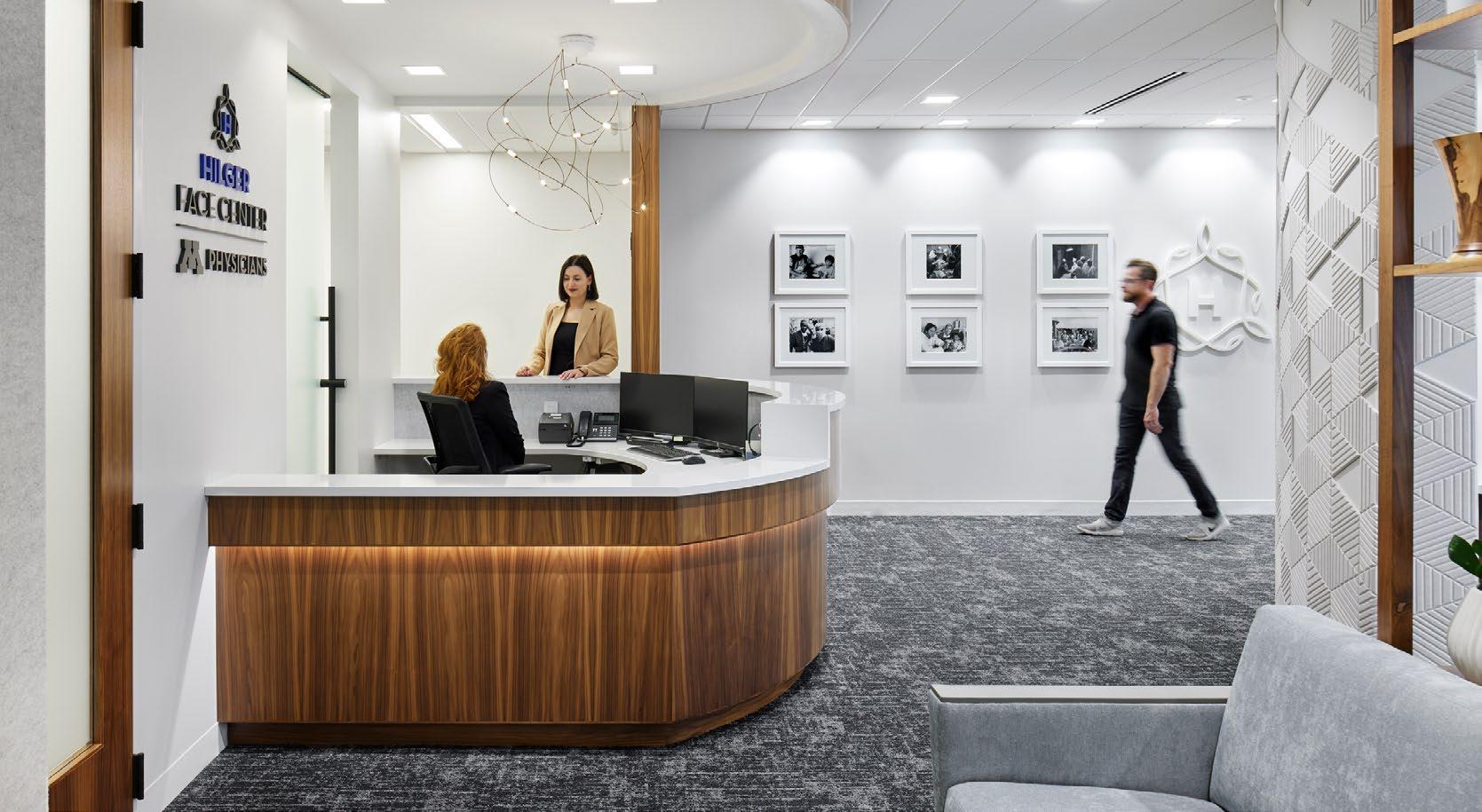
HILGER CLINIC

LEAD TIMES
Precast Wall Panels . .
Steel Joist & Deck
Glass (Winter)
Glass (Summer/Fall Peak) .
Dock Levelers .
Main Switchgear 1,600A or larger
Light Poles

12-14 weeks
10-12 weeks
3 weeks
6 weeks
4-6 weeks
40-45 weeks
.8-9 weeks



In the dynamic landscape of U.S. Life Science, Medical Device, and Medical Technology industries, innovation thrives within thoughtfully designed and constructed research spaces. Facilities that embrace modular designs can adapt quickly and seamlessly to the rapid evolution of technology. These smart building configurations elevate innovation and operational efficiency, while collaborative environments foster synergy amongst teams. This strategic shift towards dynamic and responsive settings emphasizes a commitment to cutting-edge advancements, shaping the future of healthcare technology and development.
Integrating advanced research and development spaces within a facility fosters continuous innovation.
1
2
Embracing modular & adaptable designs that cater to the evolving nature of technologies positions the organization at the forefront of innovation for efficient product launches. They can help increase speed to market, but are more limited in customization.
3
4
Many companies are looking to elevate their labs and R&D spaces and highlight them as a focal point. The goal is to show off their innovative technologies to investors and potential clients to win business.
Growing emphasis on collaborative spaces to foster synergy among professionals in these sectors. By placing these environments adjacent to the lab spaces, it gives lab users a place to work together outside of their “clean spaces”.




Historic renovations and repositions are projects of passion . They require Owners, Investors, and Contractors committed to the legacy and memories of the spaces they intend to develop. The buildings selected for Historic renovation re-invigorate the local community, stir people to action and become centerpieces of their local environment. Making the development financially viable, while preserving the physical space, requires a team of people who have specific experience with this complex project type.
The State of MN and the U.S. National Park Service each offer a 20% tax credit (40% combined credit) on Qualified Reimbursable Expenses (QRE’s). Gardner Builders has completed and participated in multiple State of Minnesota and National Park Service historic projects. Our team is fluent in the financial reporting, preservation requirements, and timelines necessary to complete these iconic buildings.
NOVOGRADAC & COMPANY HISTORIC REHABILITATION AWARD
MINNESOTA BROWNFIELDS’ RESCAPE AWARD RECIPIENT
Once known as the St. Louis County Jail, The Leijona Apartments is bringing new life to Duluth by transitioning into 33 mixed-use apartments. Built in 1923 and having sat empty for 30 years, the renovation preserved many historical elements, including the jail cell doors. Gardner Builders completed Leijona in December 2022.




The reason why developers transform these properties is more about what they represent to a community than it is about the business case - but - it has to make business sense. This is where we come in; to serve as a bridge between two worlds.”
